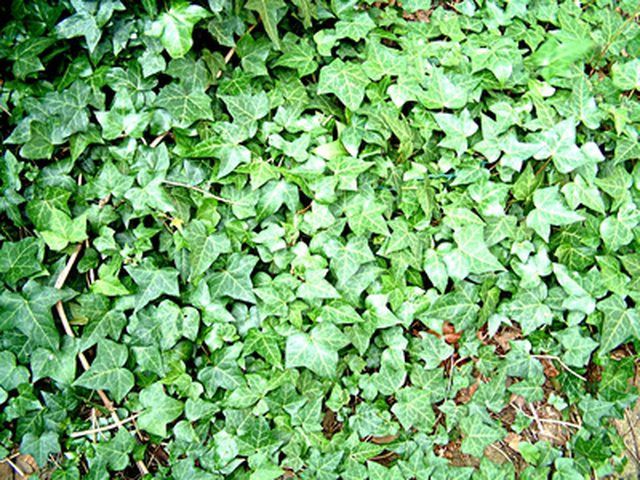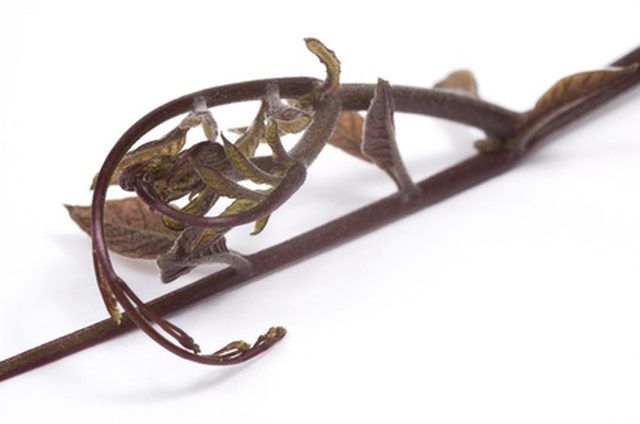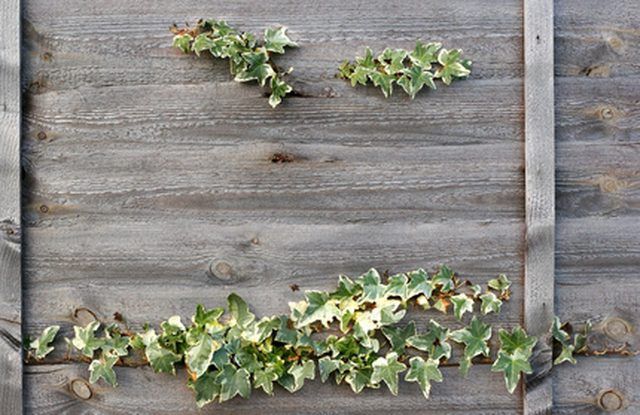Bulbs
Flower Basics
Flower Beds & Specialty Gardens
Flower Garden
Garden Furniture
Garden Gnomes
Garden Seeds
Garden Sheds
Garden Statues
Garden Tools & Supplies
Gardening Basics
Green & Organic
Groundcovers & Vines
Growing Annuals
Growing Basil
Growing Beans
Growing Berries
Growing Blueberries
Growing Cactus
Growing Corn
Growing Cotton
Growing Edibles
Growing Flowers
Growing Garlic
Growing Grapes
Growing Grass
Growing Herbs
Growing Jasmine
Growing Mint
Growing Mushrooms
Orchids
Growing Peanuts
Growing Perennials
Growing Plants
Growing Rosemary
Growing Roses
Growing Strawberries
Growing Sunflowers
Growing Thyme
Growing Tomatoes
Growing Tulips
Growing Vegetables
Herb Basics
Herb Garden
Indoor Growing
Landscaping Basics
Landscaping Patios
Landscaping Plants
Landscaping Shrubs
Landscaping Trees
Landscaping Walks & Pathways
Lawn Basics
Lawn Maintenance
Lawn Mowers
Lawn Ornaments
Lawn Planting
Lawn Tools
Outdoor Growing
Overall Landscape Planning
Pests, Weeds & Problems
Plant Basics
Rock Garden
Rose Garden
Shrubs
Soil
Specialty Gardens
Trees
Vegetable Garden
Yard Maintenance
Why Is My Ivy Plant Turning Brown?
Why Is My Ivy Plant Turning Brown?. Some ivy plants begin to wither for a variety of reasons, including fungi that appears as mildew. An ivy plant may not thrive during hot summer days because of its dense growth. Sometimes brown spots develop on the leaves followed by plant death in quick succession if the fungus is not treated. A number of...

Some ivy plants begin to wither for a variety of reasons, including fungi that appears as mildew. An ivy plant may not thrive during hot summer days because of its dense growth. Sometimes brown spots develop on the leaves followed by plant death in quick succession if the fungus is not treated. A number of factors can cause ivy plants to turn brown.
Growth of Fungus on Ivy Leaves
If your ivy plant has brown leaves and brown stems as well, a fungus may be present and you should thin the ivy to reduce density, pick off the brown leaves as symptoms appear and bag the diseased leaves in order to halt the spread of fungus spores to other plants, the Connecticut Agricultural Experiment Station suggests.
Although fungicides are not normally necessary, the experiement station office recommends that you treat the plant with compounds such as horticultural oil, sulfur, potassium bicarbonate, and thiophanate-methyl when the first fungus symptoms appear. Always check the label for dosage rates and safety precautions before beginning any application.

Bacterial Leaf Disease
Bacterial leaf spot, or xanthomonas, appears as pale green, water-soaked spots marked by yellow or sometimes semitransparent borders, and the spots later change to brown and black on the inside leaves of densely crowded ivy plants, which can cause the leaves to wilt and die, experiment station says.
You can minimize the bacterial disease by improving air circulation through thinning out of the plants, avoiding overhead irrigation, and picking and destroying the infected leaves. The station's website also advocates application of chemical control for disease management.

Ivy Physiological and Environmental Diseases
Ivy plants are negatively affected by winter weather, and like fungi symptoms, the evidence appears as tan to brown blotches occurring mainly but not limited to leaf margins. Entire plants are sometimes affected, and dead patches develop later in a planting bed.
Ivy plant injury is thus attributed to a mix of extremely cold temperatures, temperature variations and freeze-thaw cycles in addition to drying winds and even low temperatures, but this type of injury can be minimized by utilizing needed fertilization and watering exercises during periods of drought.
Black Vine Weevil Insects Harm Ivy Plants
The larvae of the black vine weevil feasts on ivy roots, which causes the plant's top to first turn yellow and then brown and to subsequently die. To save your ivy plant, the experiment station recommends that you counterattack the weevils by treating the soil with insect pathogenic nematodes, such as acephate and fluvalinate, to control the larvae. Apply the chemicals when there is adult feeding and before egg laying starts.
Even the spraying, which is recommended for the months of May, June and July at three-week intervals, may not be enough though, for just when you think that the insecticide has taken effect and the pesky weevils are dead from fluvalinate, the insects implausibly revive themselves from the poisoning within a few days and continue to damage the plant, the experiment station warns.
Seek Plant Expert Regarding Your Ivy Plant.
There are a variety of reasons why ivy plants' leaves turn brown. Assuming that you want your prized ivy to survive, and it is still holding on, ask a plant expert to determine which of the variables apply to your plant's decline, and apply the appropriate method to treat the cause. If you must use chemical insecticides to assure the plant's survival, always remember to use the recommended dosage rates and observe safety precautions at all times.